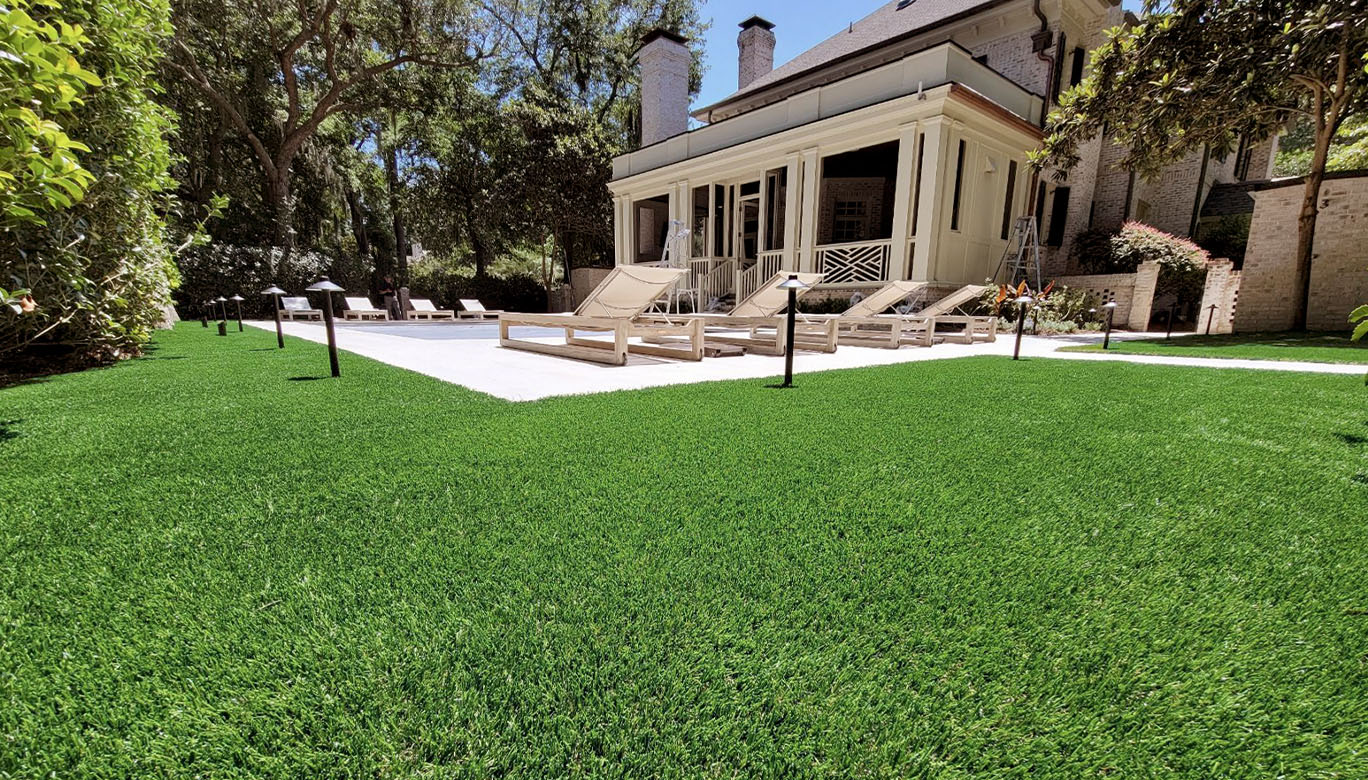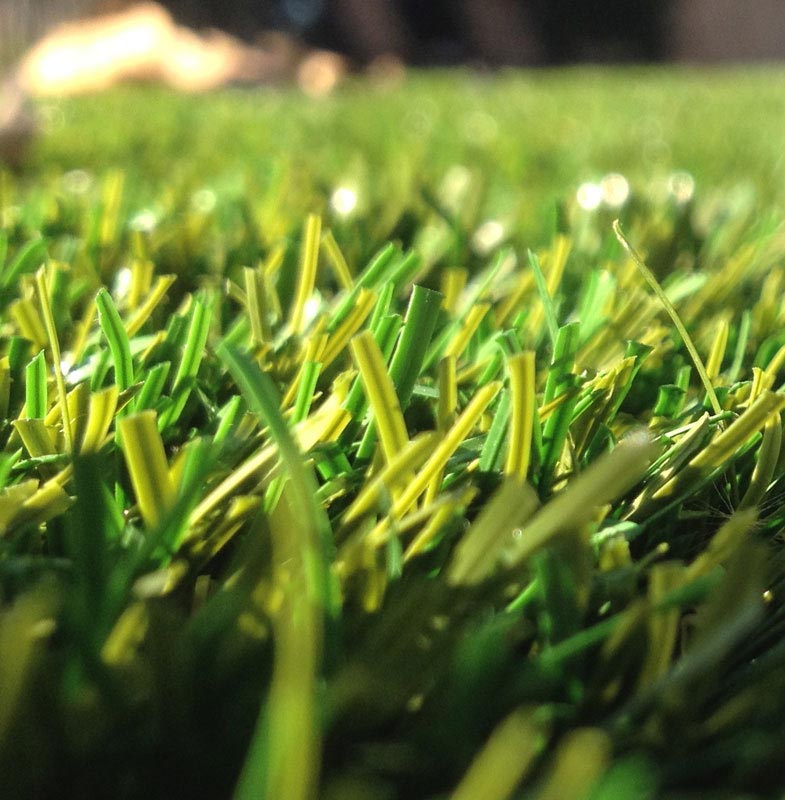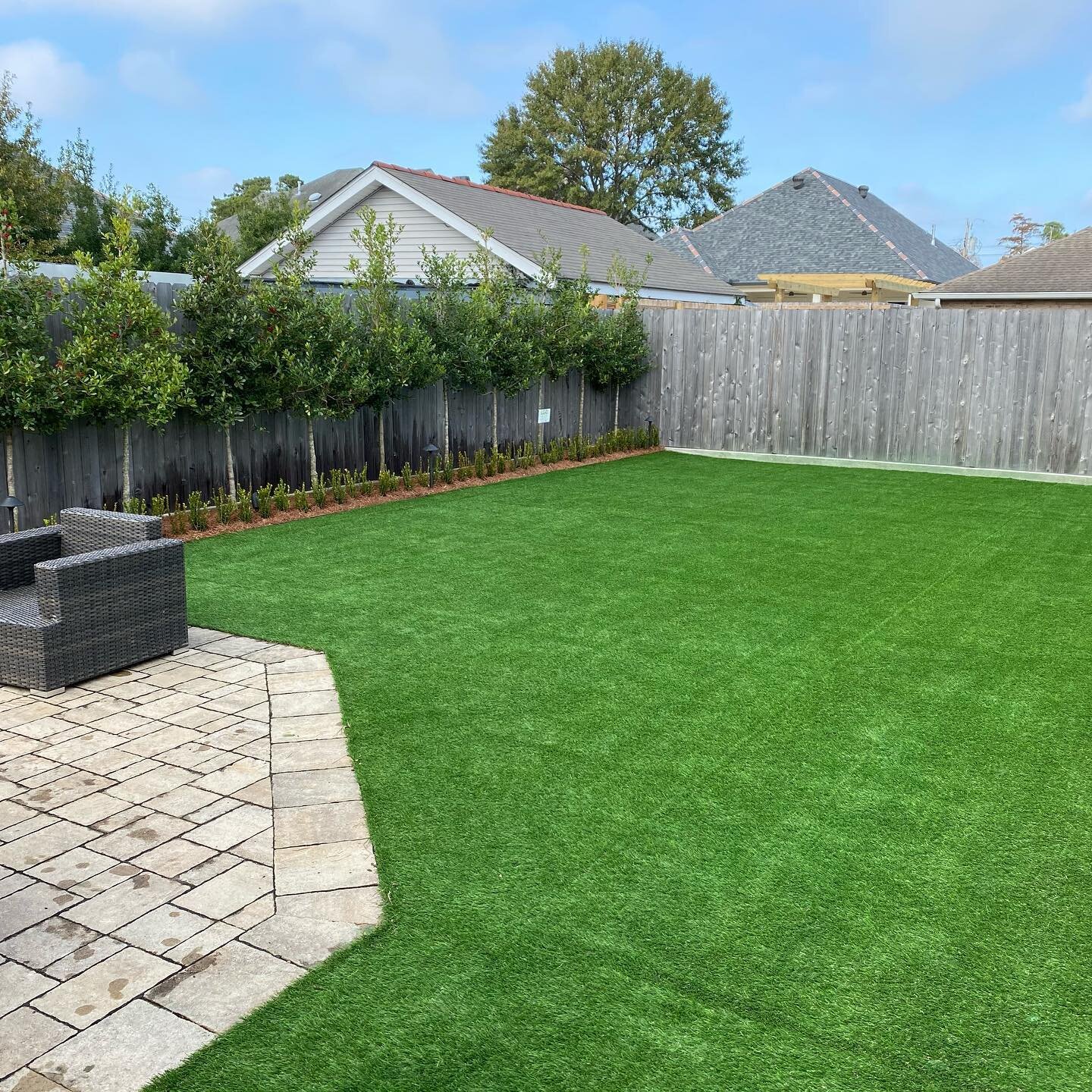Choose Trusted Artificial Turf Companies Phoenix for Your Outdoor Needs
Choose Trusted Artificial Turf Companies Phoenix for Your Outdoor Needs
Blog Article
Delve Into the Environmental Conveniences of Opting for Synthetic Grass Solutions
The fostering of artificial grass services offers an engaging chance to resolve pushing ecological obstacles. By significantly decreasing water use and minimizing the application of harmful chemicals, these choices not only promote sustainable landscape design however additionally protect neighborhood ecological communities.
Water Preservation Conveniences
One of the most substantial advantages of artificial turf is its ability to conserve water. In contrast, artificial grass does not need watering, dramatically minimizing the total demand for water resources.
By getting rid of the requirement for regular watering, synthetic grass contributes to sustainable landscape practices and helps minimize the ecological effect of excessive water consumption. The conservation of water extends to the reduction of overflow, which can lead to dirt erosion and waterway air pollution.
Furthermore, the installation of synthetic grass allows communities and house owners to allot water sources a lot more successfully, concentrating on vital uses such as alcohol consumption water and agriculture. The change towards synthetic grass not only promotes responsible water usage however likewise lines up with more comprehensive environmental objectives targeted at preserving natural deposits.
As areas progressively focus on sustainability, the water preservation benefits of synthetic lawn present an engaging instance for its adoption in commercial and domestic landscaping tasks.
Lowered Chemical Usage
The transition to fabricated grass dramatically lowers the dependence on chemical treatments commonly utilized in all-natural turf upkeep. Typical turf administration typically involves the application of fertilizers, herbicides, and chemicals to advertise growth and control insects. These chemicals can present threats to human health, neighborhood wild animals, and the environment, contributing to soil and water contamination.
On the other hand, synthetic grass gets rid of the requirement for these dangerous materials. As soon as installed, it requires minimal upkeep, mostly consisting of routine cleaning and infrequent infill replenishment. This decrease in chemical usage not just profits the prompt atmosphere however likewise adds to more comprehensive eco-friendly stability. By reducing the launch of artificial compounds right into the ecological community, synthetic grass promotes healthier dirt and water supply.
Moreover, the lack of chemical overflow associated with artificial lawn setups assists safeguard local rivers from pollution, sustaining water life and preserving biodiversity. Arizona turf. As neighborhoods increasingly focus on lasting techniques, choosing synthetic grass presents a viable solution that lines up with environmental conservation objectives. Through this shift, homeowner can appreciate lavish environment-friendly spaces without endangering eco-friendly health, paving the way for a much more sustainable future
Lower Carbon Impact

In addition, the installment of synthetic grass can result in significant water conservation. All-natural yards require substantial amounts of water for irrigation, which not only includes in the carbon footprint related to water removal and therapy yet additionally stress local water resources. On the other hand, synthetic grass needs very little blog upkeep, calling for no watering, consequently dramatically reducing water use and its linked power prices.
In addition, the long life of synthetic grass adds to its lower carbon impact. With a lifespan of up to 15 years or more, the need for frequent replacements is diminished, resulting in less waste and reduced power intake in production and dealing with conventional turf options. Generally, fabricated lawn presents a sustainable alternative for environmentally aware landscape design.
Environment Preservation
Habitat conservation is an essential factor to consider in the discussion over landscape design options, especially when contrasting fabricated lawn to all-natural yard. All-natural lawn yards typically need substantial maintenance, including the usage of fertilizers, herbicides, and pesticides, which can adversely affect neighborhood environments. These chemicals can leach right into the dirt and waterways, damaging indigenous plants and fauna and interrupting regional habitats.
Man-made lawn gets rid of the demand for dangerous chemicals, thus securing neighboring wildlife and preserving the integrity of bordering ecosystems. The setup of fabricated turf can lead to the conversion of former lawn locations into even more biodiverse landscapes, such as pollinator yards or indigenous plant areas, which can support neighborhood wild animals.
Eventually, the transition to synthetic grass not only preserves water and reduces upkeep initiatives but likewise fosters a more unified partnership in between human activities and the natural environment, promoting environment conservation in the procedure.
Long-Term Sustainability
Long-lasting sustainability is a critical consider examining the benefits of synthetic turf over typical yard lawns. One of one of the most considerable benefits of fabricated grass is its sturdiness; it can last up to 15-20 years with marginal upkeep, whereas natural yard needs frequent reseeding and substitute. This durability reduces the need for consistent sources, such as water, fertilizers, and chemicals, which are essential for keeping a healthy and balanced yard yard.
Furthermore, synthetic grass adds to a reduction in carbon emissions connected with yard care tools. Standard lawns usually require gas-powered lawn mowers, trimmers, and blowers, every one of which contribute to air contamination. Arizona artificial turf. On the other hand, synthetic grass gets rid of the requirement for such tools, promoting a cleaner setting
In addition, the production of fabricated turf increasingly uses recycled products, boosting its sustainability profile. As makers take on environment-friendly practices, the environmental footprint of fabricated turf remains to reduce.

Conclusion
The fostering his explanation of synthetic grass remedies provides substantial environmental advantages, consisting of substantial water preservation, minimized dependence on unsafe chemicals, and a reduced carbon impact. Moreover, man-made lawn help in maintaining natural environments by decreasing land disruption and promoting long-lasting sustainability with making use of durable products. Collectively, these elements underscore the capacity of fabricated turf to add favorably to environmental health and wellness and supply a feasible alternative to standard landscape design practices in a significantly resource-conscious globe.
In contrast, synthetic lawn does not require watering, considerably minimizing the overall demand for water sources. By decreasing the release of synthetic substances into the environment, artificial grass advertises healthier soil and water systems.
Moreover, the installation of man-made grass can result in considerable water preservation. In comparison, fabricated lawn requires marginal upkeep, calling for no watering, therefore significantly decreasing water usage and its associated energy costs.

Report this page